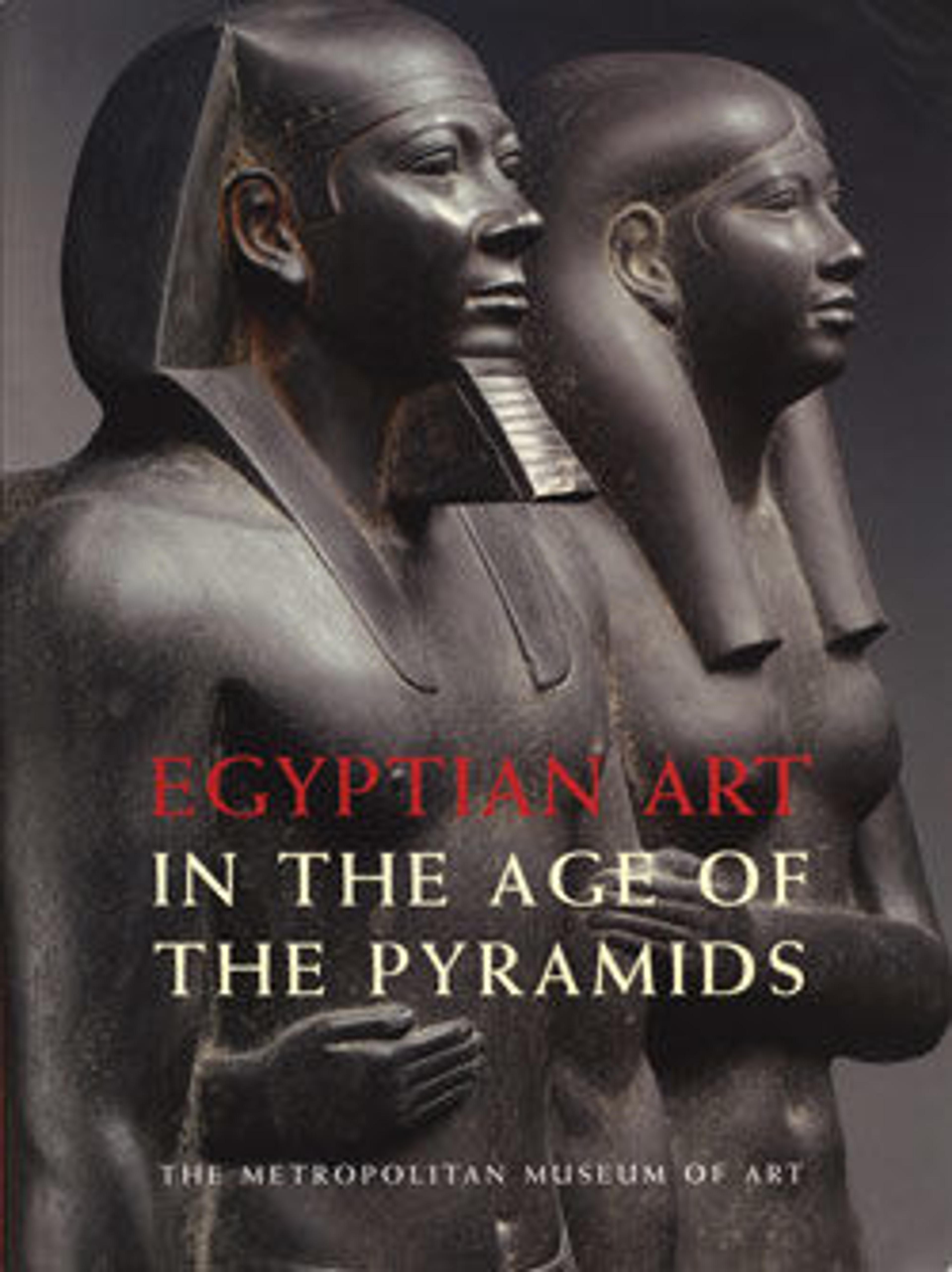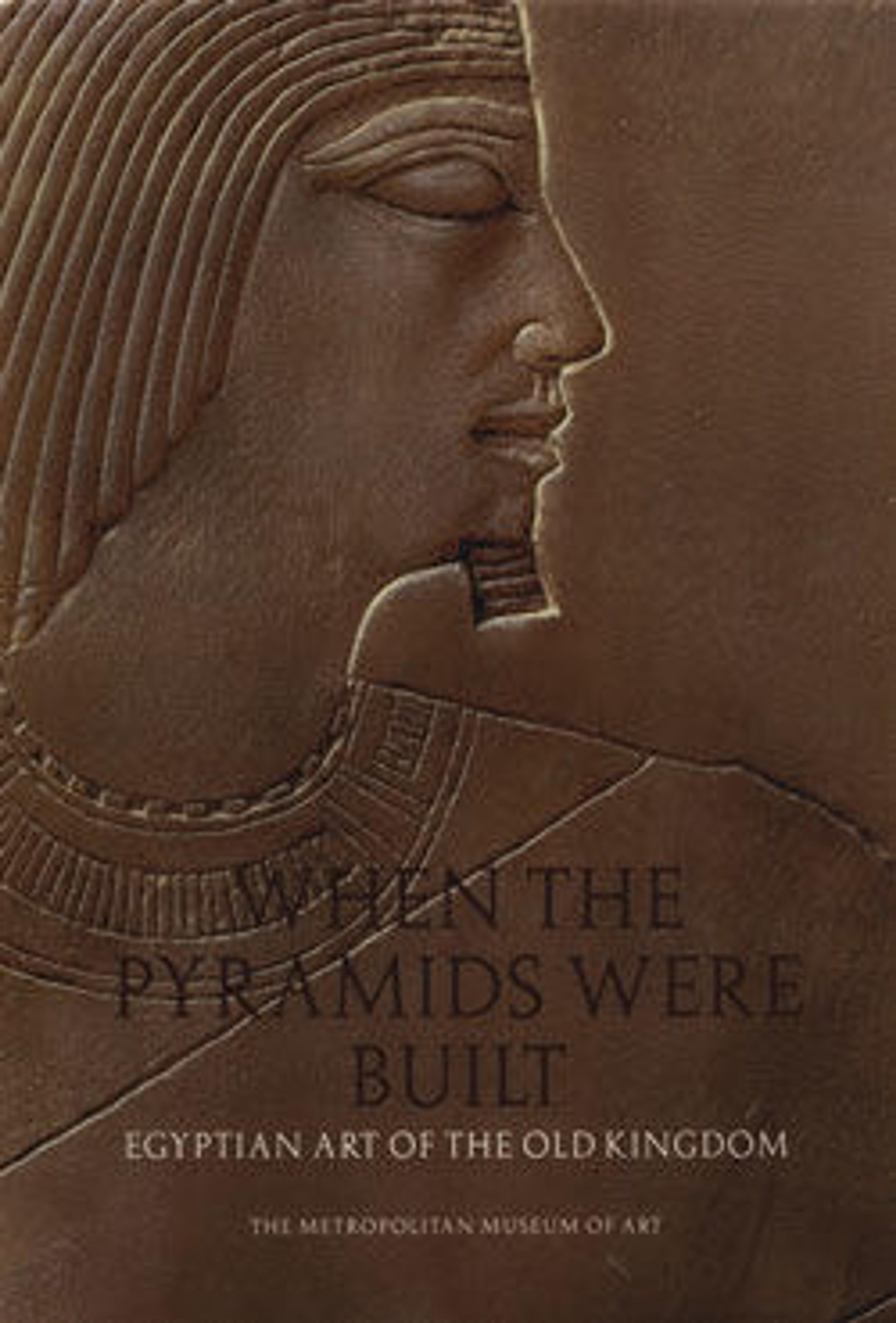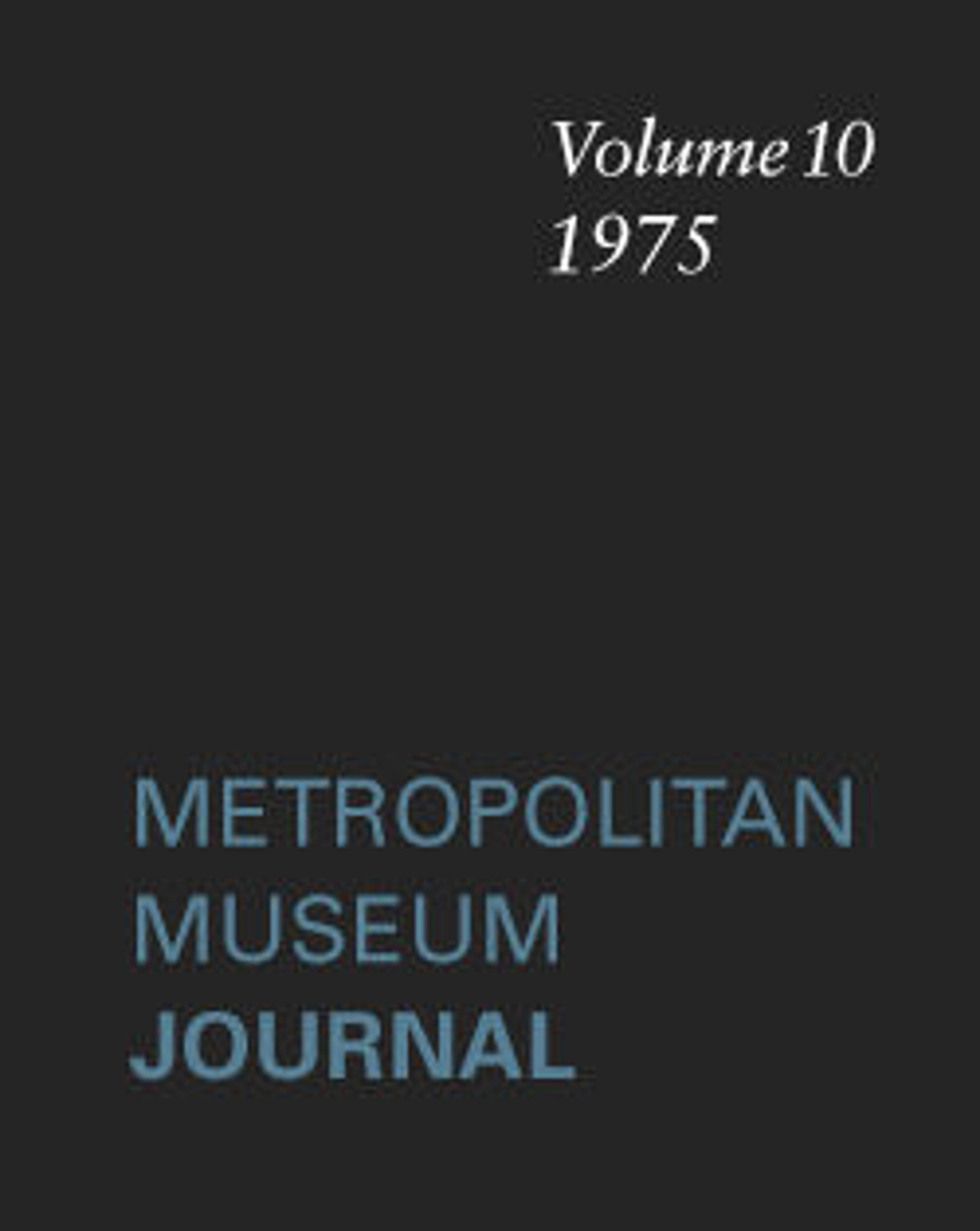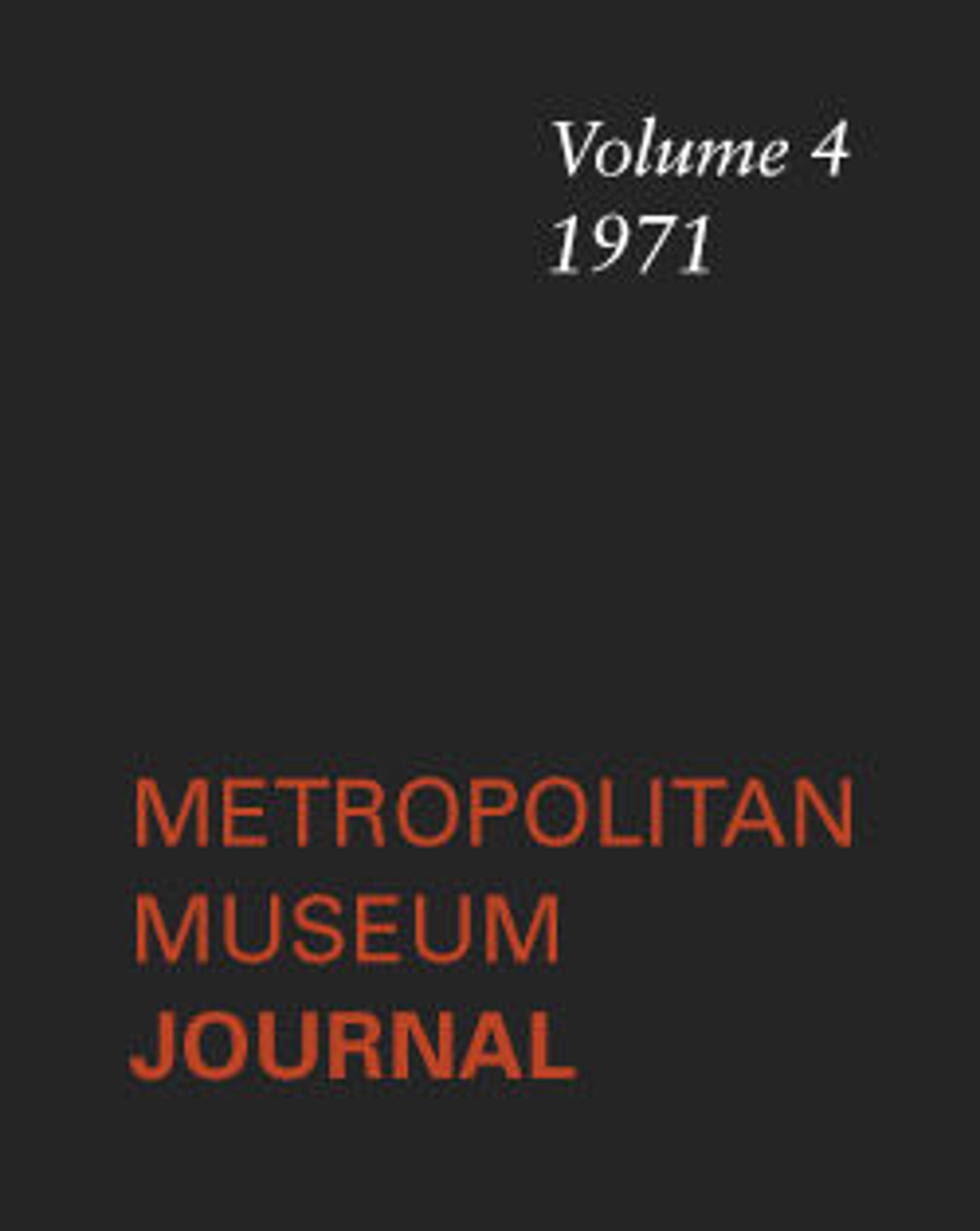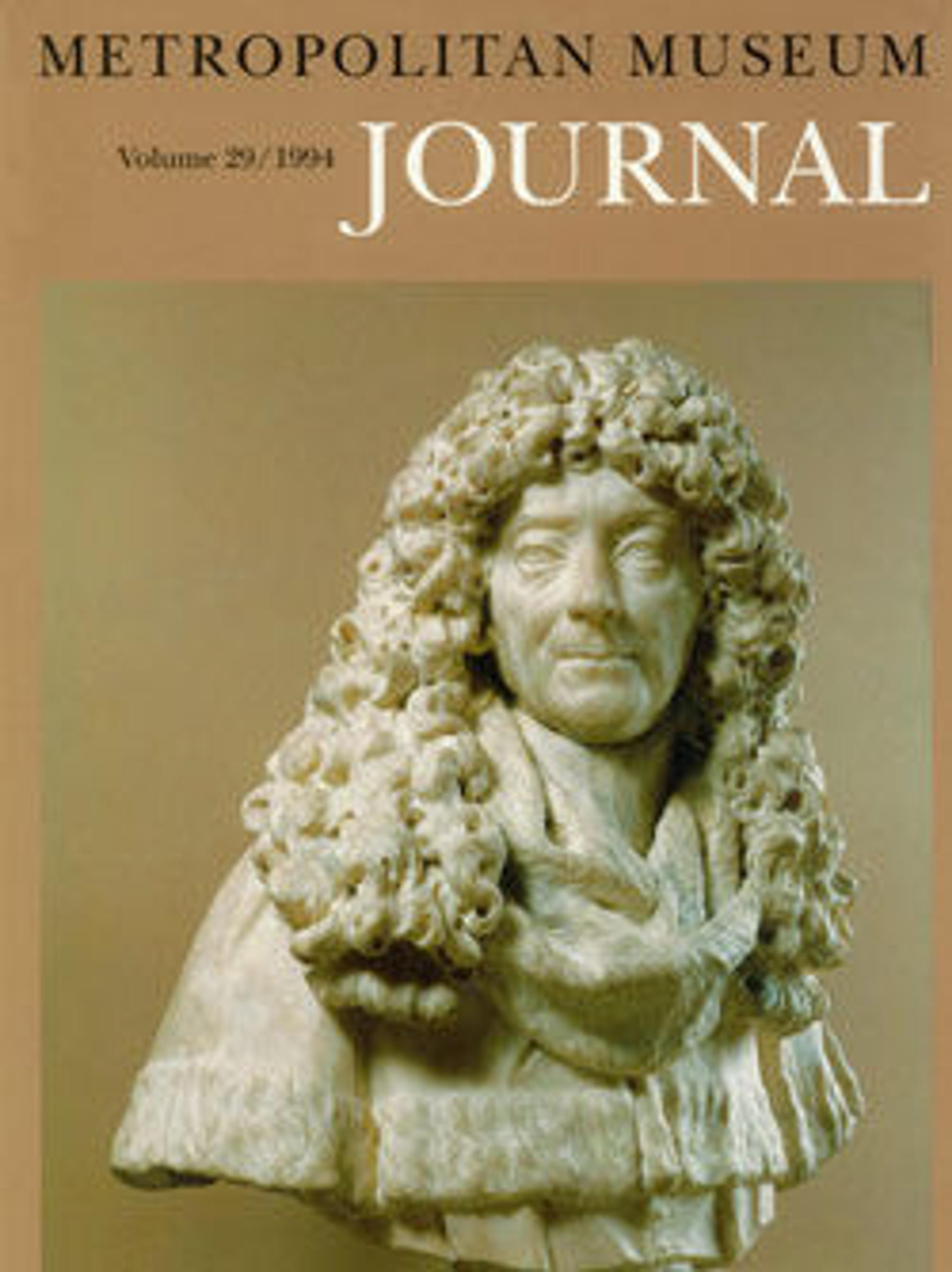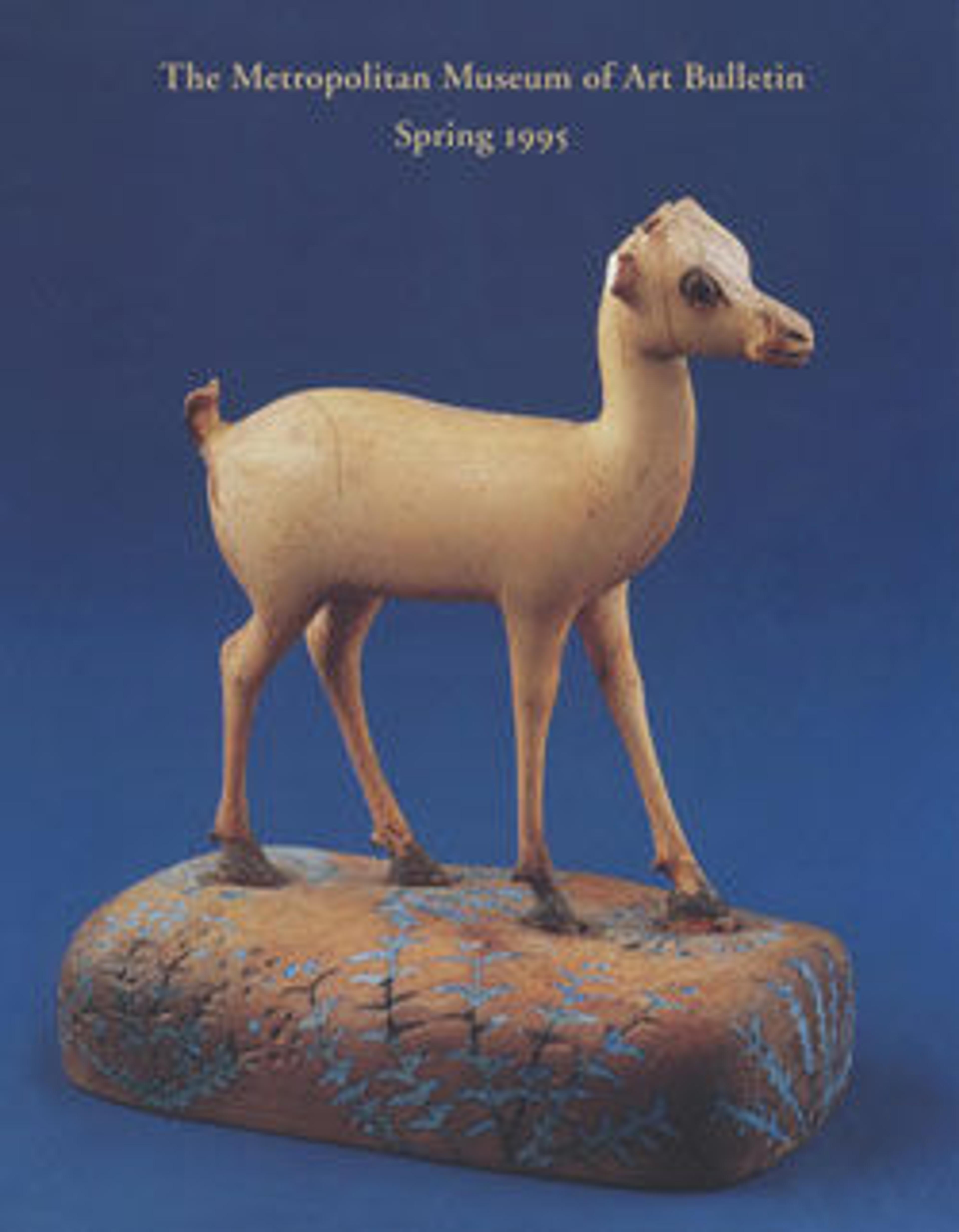
"An Egyptian Bestiary"
Dorothea Arnold
Dorothea Arnold received her PhD from Tübingen University, Germany. In 1963, she moved with her husband, Dieter Arnold, to Egypt where she excavated with the German Archaeological Institute in the Theban Necropolis, the Fayum, and Dahshur. In 1984–1991, she worked for The Met at Lisht. She became an associate curator in the Department in 1985, curator in charge in 1991, and chairman in 2005, retiring in 2012. During her tenure, she initiated new displays in several galleries and renovated the Tombs of Perneb and Raemkai. Among her exhibitions were The Royal Women of Amarna (1996–97) and Egyptian Art in the Age of the Pyramids (1999–2000). Under her leadership, volumes 22–30 of the Museum’s Egyptian Expedition series were published.
Arnold, Dorothea. “Amenemhat I and the early twelfth dynasty at Thebes.” In Metropolitan Museum Journal 26 (1991): 5-48.
———. The Royal Women of Amarna: Images of Beauty from Ancient Egypt. New York: Metropolitan Museum of Art, 1996.
Met Art in Publication
You May Also Like
Press the down key to skip to the last item.
